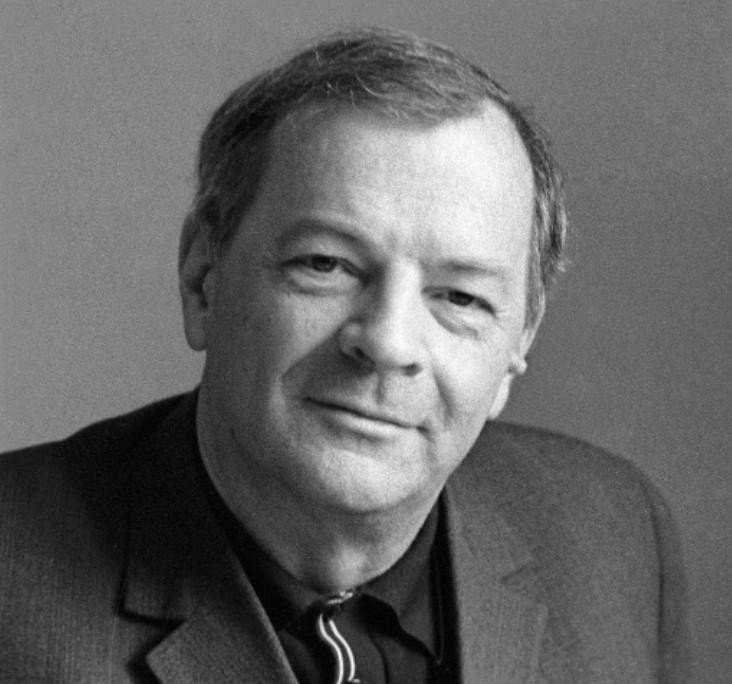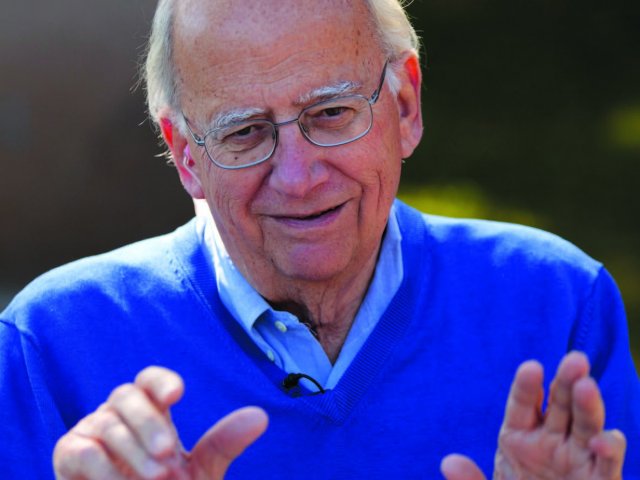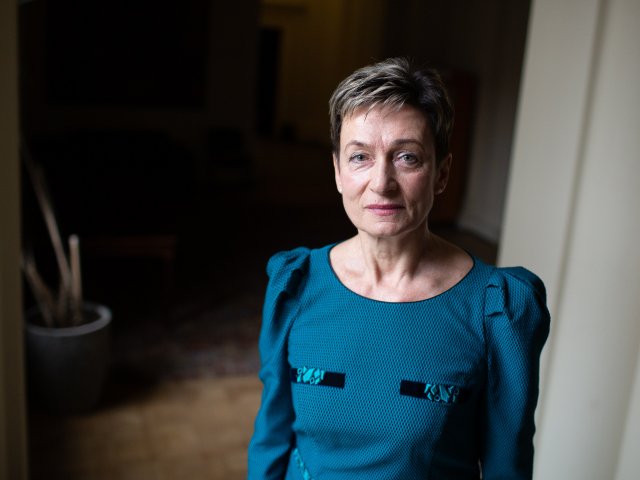Official:
Lev Andreevich Artsimovich. February 12 (25), 1909 – March 1, 1973. Soviet physicist, academician of the USSR Academy of Sciences. Hero of Socialist Labor, winner of the Lenin, Stalin, and State Prizes.
Life and Work:
1. In addition to his undoubted achievements in nuclear physics, Artsimovich coined an aphorism that can be considered the motto of all true scientists: “Science is a way to pursue one’s sense of inquiry at the expense of the state.”
2. Lev Artsimovich, a direct participant in the Soviet atomic project, was a permanent head of the research on high-temperature plasma physics and controlled thermonuclear fusion. He was the first in the world to carry out a thermonuclear reaction in a laboratory and, according to foreign colleagues, was a recognized pioneer and leader of research in this field.
3. The Artsimovichs is an old Polish family. The scientist’s grandfather, Mikhail Artsimovich, participated in the Polish Uprising of 1863-1864 and was exiled to Siberia, where he married a Siberian woman. Andrey Mikhailovich, the famous physicist’s father, graduated from Lviv University, worked as a statistician in the Railway Department of the Moscow Railway Hub and taught at Shanyavsky People’s University.
4. Revolution interrupted the prosperous and well-off life of the Artsimovich family. Fleeing from hunger, they moved to Belarus. Ten-year-old Lev had to be sent to an orphanage, but he ran away from there and was homeless for a while.
5. Later, the scientist recalled, “If they hadn’t slapped me on the head as a child, and in a hard way at that, I would probably have been an artist, not a physicist.”
6. In the early 20s, the future scientist’s father was invited to head the Department of Statistics at the Belarusian State University. Lev Artsimovich also entered the Department of Physics and Mathematics of this university.
7. Shortly after his graduation, Lev Artsimovich moved to Leningrad and got a job at Leningrad Institute of Physics and Technology. When the institute started to develop the research on the atomic nucleus physics, Artsimovich switched from the physics of X-rays to the new, promising direction.
8. In 1944, Artsimovich moved to the Laboratory of Measuring Instruments of the USSR Academy of Sciences, which later became Kurchatov Institute of Atomic Energy. There, he supervised research on developing an industrial method for electromagnetic isotope separation. Artsimovich worked at IAE until the end of his life.
9. In the early 1950s, Lev Andreevich led the work on controlled thermonuclear fusion. Artsimovich quickly realized that it was required to establish a new scientific discipline – high-temperature plasma physics.
10. In 1952, Artsimovich and his colleagues discovered neutron radiation of high-temperature plasma and were awarded the Lenin Prize in 1958 for this discovery.
11. Artsimovich supervised the work on the Tokamak facilities, which eventually led to implementation of the thermonuclear reaction. The first thermonuclear neutrons were registered at the Tokamak-4 facility in 1968. Artsimovich was awarded the State Prize of the USSR for a series of works dedicated to production and research of high-temperature plasma in tokamaks.
12. In the 1930s, Lev Artsimovich taught at LSU; in the 40s, he was a professor of the Chair of Nuclear Physics at MEPhI; in 1953, he founded the Chair of Atomic Physics at Moscow State University and headed it until the end of his life.
13. Artsimovich attached great importance to the Pugwash Conferences on Science and World Affairs and was the deputy chairman of the Soviet Pugwash Committee.
14. Lev Artsimovich also coined several popular aphorisms. In addition to the remarkable definition of science, he expressed other wise and witty thoughts: “For a clear understanding of the problem, one should not wrap the thin skeleton of experimental facts in overly complex mathematical robes.” “The golden apple of success often appears on the most inconspicuous branch of the mighty tree of science.” “The hope for a quick solution of the problem of controlled fusion is just like a sinner’s hope to get to heaven, bypassing purgatory.”
15. In the late 1950s, Artsimovich was asked to sign an article condemning Pasternak, who was awarded the Nobel Prize. Lev Andreevich refused to sign anything. He referred to Ivan Pavlov’s precept to scientists to spoke only of things they know and asked for the permission to read the awarded novel Doctor Zhivago. The novel was not published in the USSR, and this condition could not be fulfilled.
16. For his work on the atomic bomb, Artsimovich was awarded 300 thousand rubles and a ZIS 110 car. In addition, the government decree stated that everyone awarded with the prize “is entitled to foreign scientific trips at the state expense every three years for a period of 3 to 6 months.” Isn’t it lovely? No, it was close to travesty: nuclear scientists were not allowed to leave the USSR.
17. In 1955, Artsimovich signed the so-called Letter of Three Hundred – a letter from a group of Soviet scientists to the Presidium of the Central Committee of the Communist Party of the Soviet Union. The letter criticized scientific views and practical activities of T. D. Lysenko and ultimately was the reason for Lysenko’s resignation from the post of the VASKhNIL president.
18. In 1966, Lev Artsimovich signed a letter from 25 figures of Soviet science, literature, and art to L.I. Brezhnev against rehabilitation of I. V. Stalin.
19. The contemporaries remember Artsimovich as a witty and charming person, who retained something of a street kid. Corresponding Member of the Academy of Sciences Artem Isaakovich Alikhanyan wrote the following about him: “An aristocrat in science, he was completely devoid of the scientific “samurai spirit.” Reasonable, with a unique humor and the ability to get into the essence of even the smallest things, merciless not only to others, but also to himself. “Small causes lead to big consequences in our complex world,” Lev Andreyevich used to say when major historical events of the past and present were discussed.”
20. There is a monument to Lev Artsimovich in the town of Lesnoy, Sverdlovsk Region. It is former Sverdlovsk-45, where Plant No. 814 was built in the late 1940s for electromagnetic isotope separation.






















